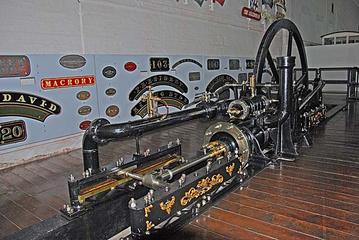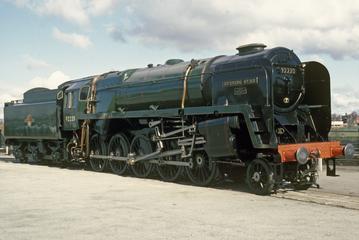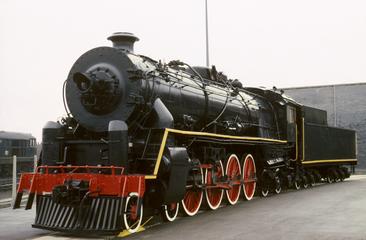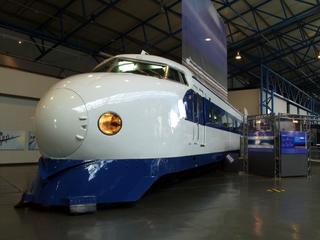
Winding Engine, Stanhope & Tyne Railway
- Made:
- 1833

Winding Engine, Stanhope & Tyne Railway, Weatherhill Incline Winding Engine, 1833 (vertical).
This large stationary steam engine drove a winding drum carrying a long rope, which was used to haul wagons of limestone up the steep Weatherhill incline near Stanhope in Country Durham. The limestone was taken on by railway to the blast furnaces at Consett and elsewhere.
In order to avoid costly civil engineering works in hilly areas, many early mineral railways used rope haulage by stationary steam engines. Stationary steam engines were also used by main line railway companies when locomotive power was inadequate.
The Stanhope & Tyne Railway was built between 1832 and 1834 to exploit the limestone deposits of the Stanhope area. Winding engines were used in a number of places along the railway. The Weatherhill engine was built in 1833 by Hawks & Company and began work on 1 May 1834. It was rated at 50 horse power and worked at a boiler pressure of 60lbs per square inch. The cylinder of the original engine burst in the 1890s and was replaced by one made by Thomas Murray & Co. of Chester-le-Street.
The Weatherhill engine worked on the railway until being replaced in 1919 by a more modern design.
Details
- Category:
- Stationary Engines
- Object Number:
- 1975-7070/2
- type:
- windlass
- credit:
- British Rail, Historical Relics




